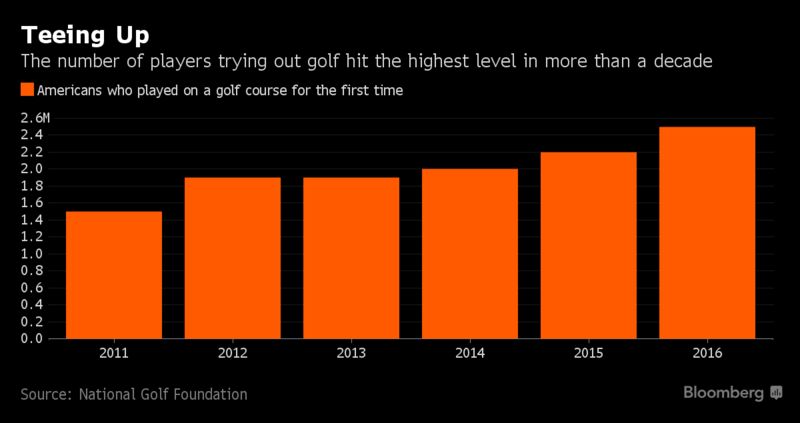Because Brandel Chamblee can be a divisive figure, discussion based off of his post-2017 Players commentary seems like a kneejerk reaction to the person making the remarks instead of the substance of his point.
 There is also the precariousness of making your case off the back of someone like Si Woo Kim who won the tournament fair and square, with clutch scrambling and little choking. But Brandel's "distance constrictions" commentary should not be thrown out simply because you don't care for Brandel's style or views on other topics.
There is also the precariousness of making your case off the back of someone like Si Woo Kim who won the tournament fair and square, with clutch scrambling and little choking. But Brandel's "distance constrictions" commentary should not be thrown out simply because you don't care for Brandel's style or views on other topics.
I happen to agree with him that the TPC Sawgrass still needs to encourage the use of the big stick more to be a more complete modern test. A great deal of money and effort has been put into improving the course as the ultimate tournament venue. That effort this year was mostly a huge success, but it was disappointing that in moving the course forward, a decision was made to not go back with new tees at holes like 1, 5, 6, 9, 10 and 14. (The 7th and 15th had new tees this year.)
Golf can point to a long list of famous tournaments where driver and aggressive play at select times gets taken out of player hands. More often than not, those events have produced awkward finishes with the best scrambler winning. While scrambling is an art that has been mastered by some of the greats, the best courses and setups do the least amount of discriminating against playing styles.
Throughout much of the game's tournament history, the ability to use driver to great effect has differentiated the elite players (stars) from the merely great. Tournaments where players can attack at key moments deliver a different energy. But when there is the sense that constrictions are in place--either accidentally or intentionally--the audience and the actors sense something is amiss.
Before the 2017 Players, I wrote about the sense that less severe rough, more short grass around the greens and the inclusion of a new drivable 12th would reduce some of the course's tendency to constrict and stifle talent. But the brutal, varied winds conspired with the firm, fast and immaculate conditions to present the fastest TPC Sawgrass imaginable. With that speed, the corridors played narrower and the distance advantage was lost. Without the option to extend some holes, the constrictions played more of a role than is ideal.
Again, this does not take away from Si Woo Kim's win. He posted the lowest score and perhaps played TPC Sawgrass more fearlessly because he wasn't saddled by baggage that those with longer histories there cope with. But given that this is one of golf's most significant championships with significant investments made in making it the best venue possible, a little lengthening would go a long way towards ensuring that The Players is constriction-free.
























